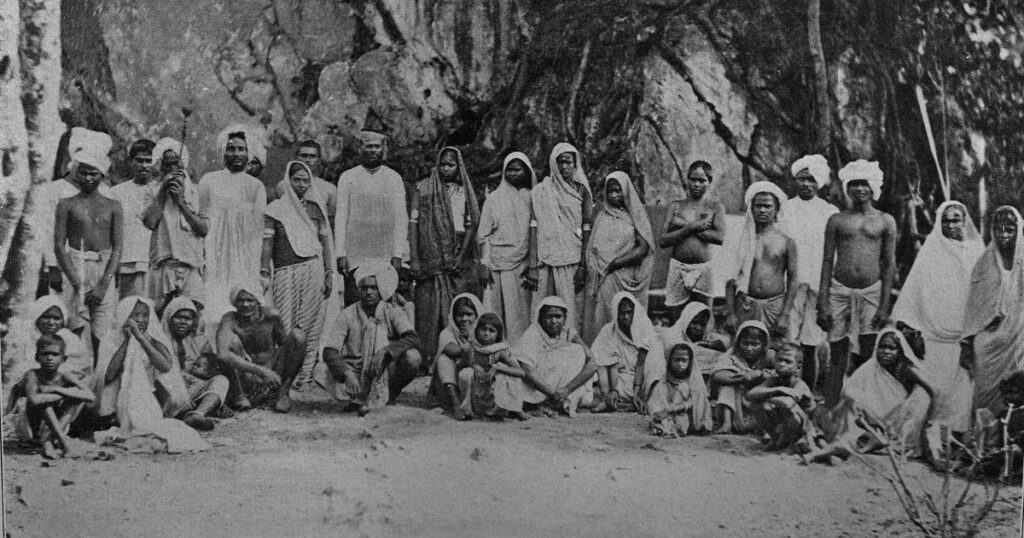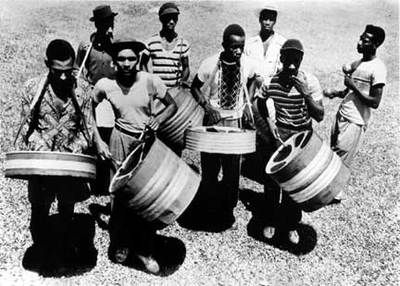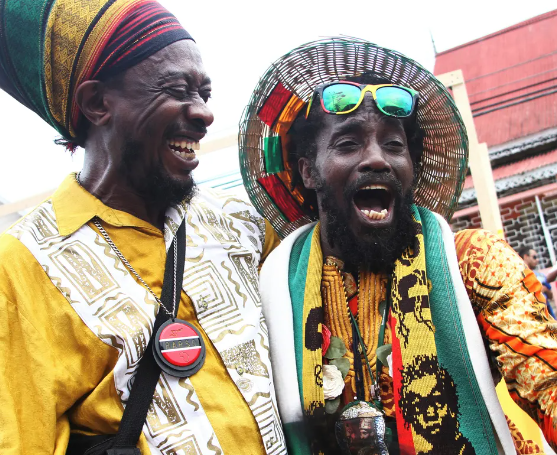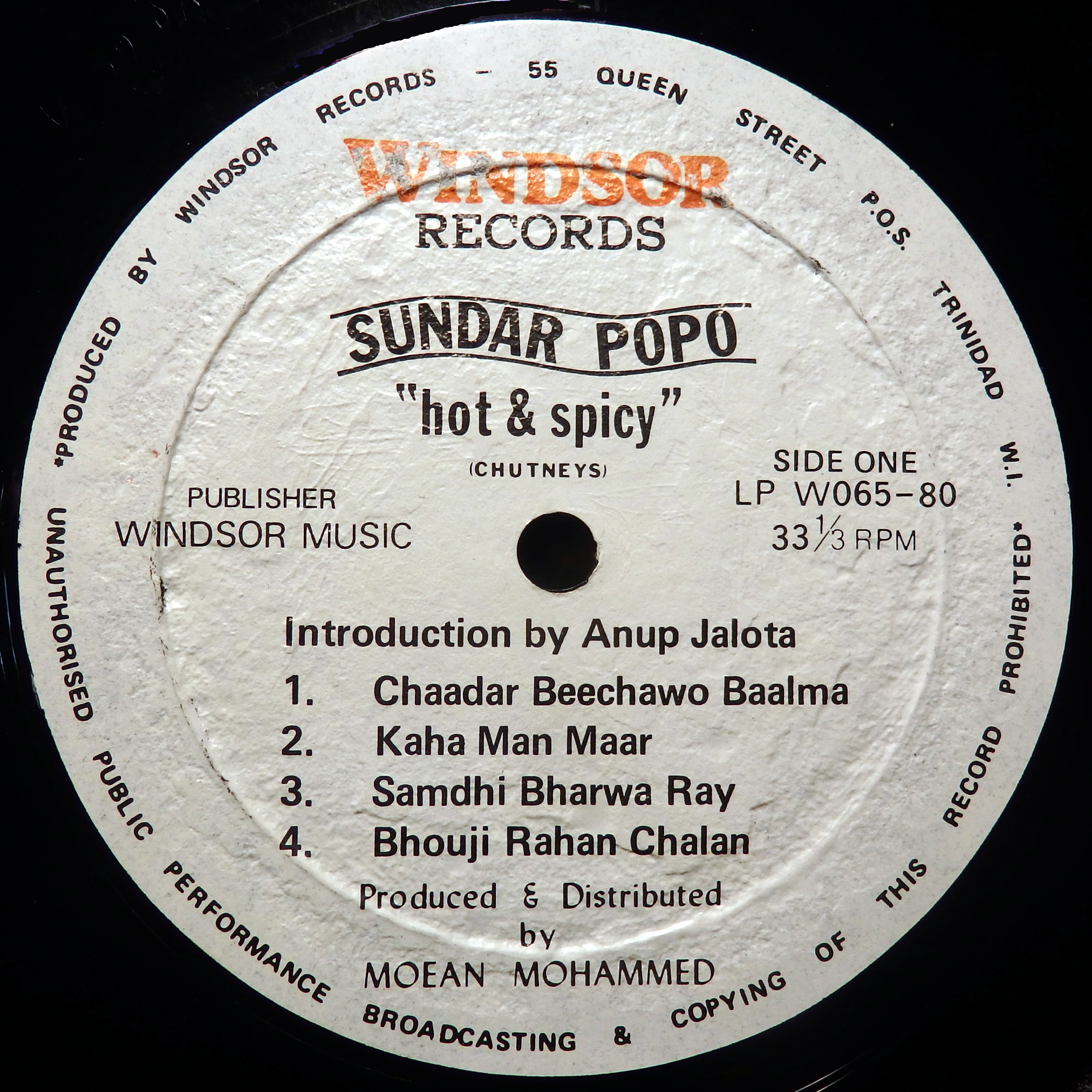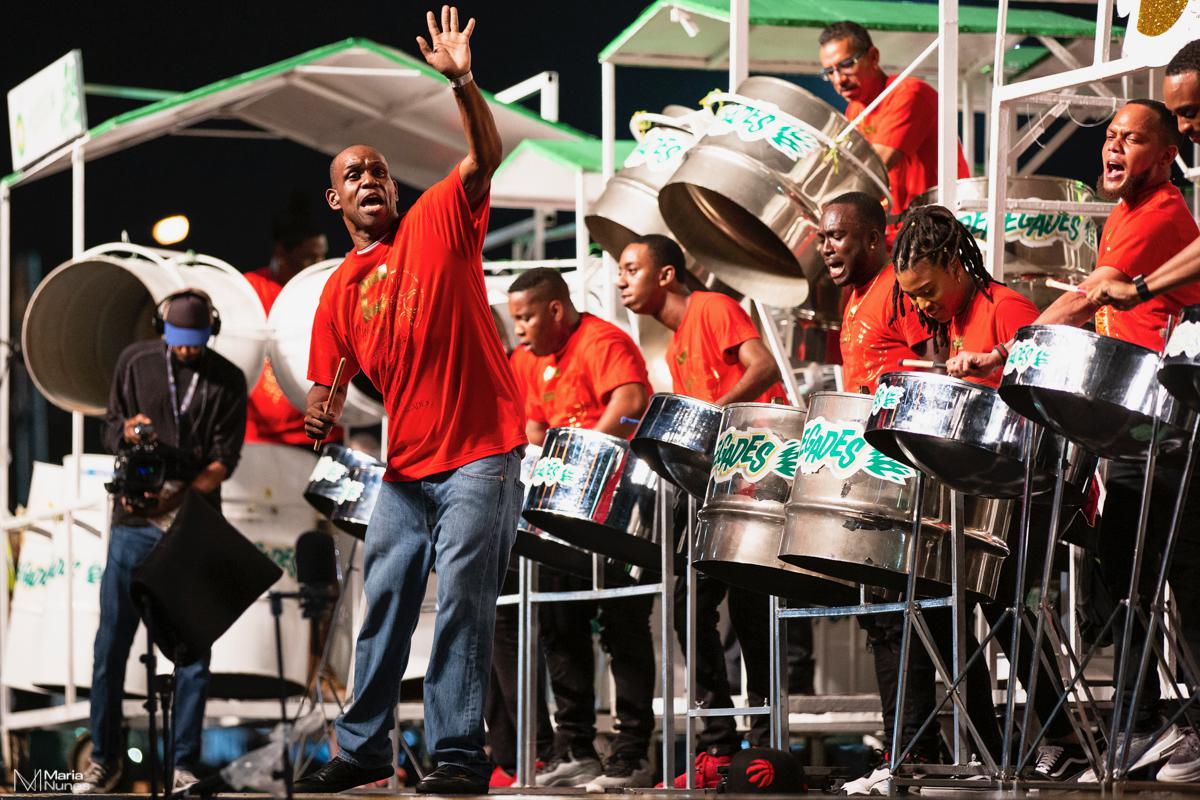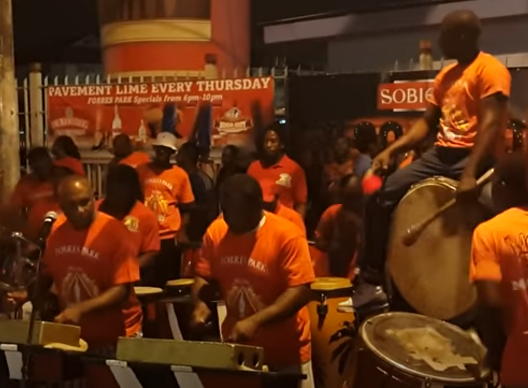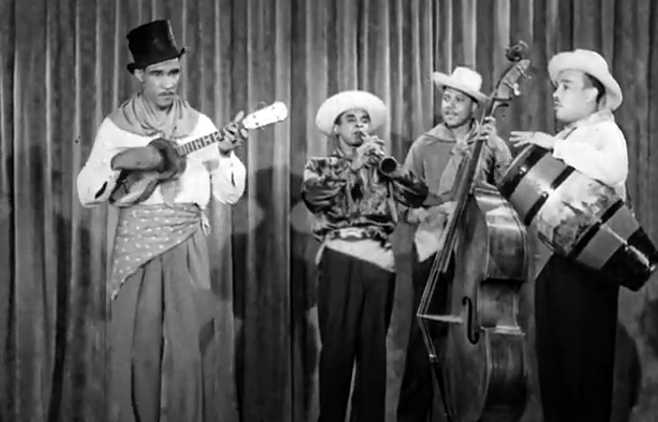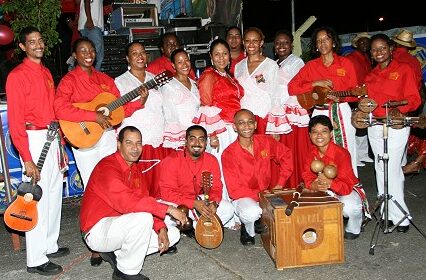Calypso
Long live Kaiso!
The twin island was first colonized by the Spanish, received large numbers of French immigrants, and was later ruled by the British. Nowadays calypso is sung elsewhere in the southern and eastern Caribbean Islands, as well as in Panama and Costa Rica.
The Message
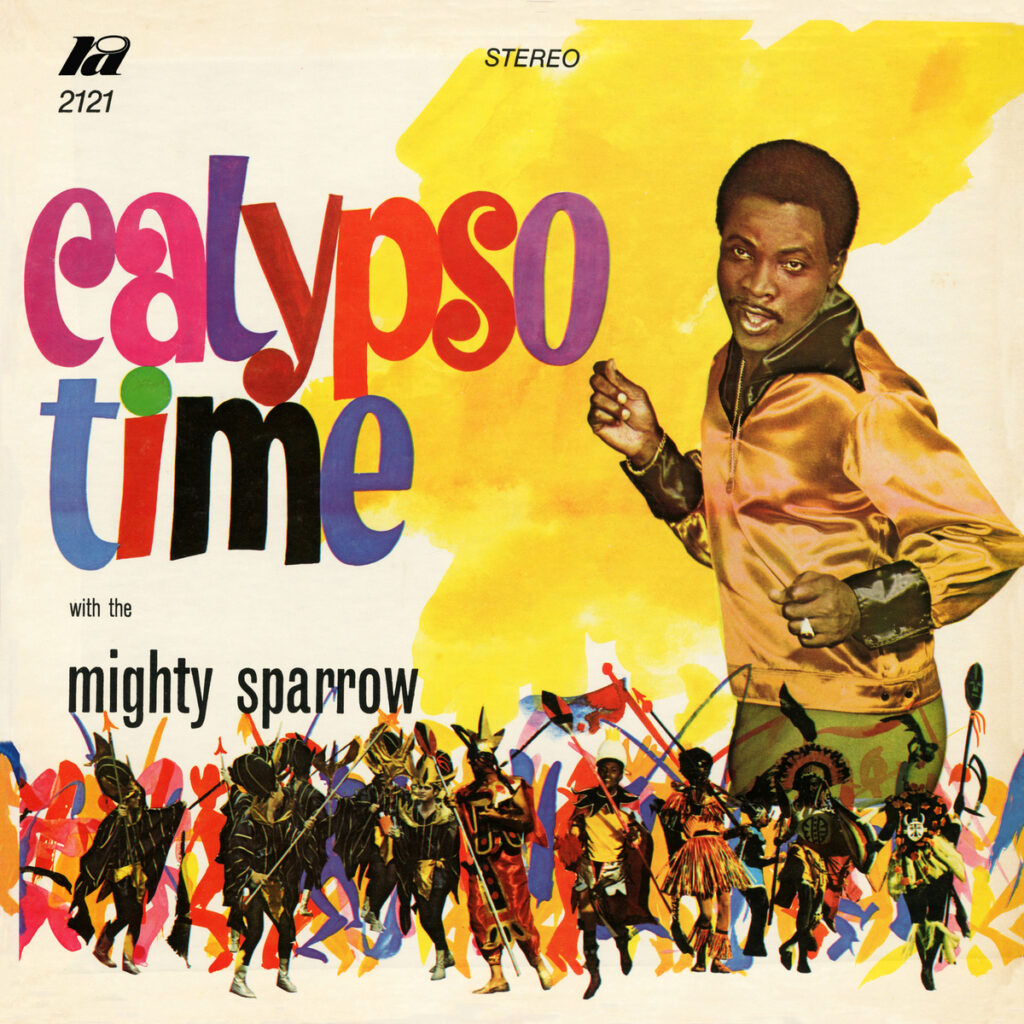
LET'S GO BACK IN TIME
The Roots of Calypso
These songs were usually led by one individual called a “griot”, who later was known as the “chantuelle” (or “chantwell”) and today as the calypsonian. Their lyrics often mocked slave masters and would be recited at the harvest festival of Canboulay. Of course, they were not allowed to participate officially. With the arrival of the French, the carnival was introduced and highly celebrated on the Island. It grew in popularity, especially after the abolition of slavery in 1834.
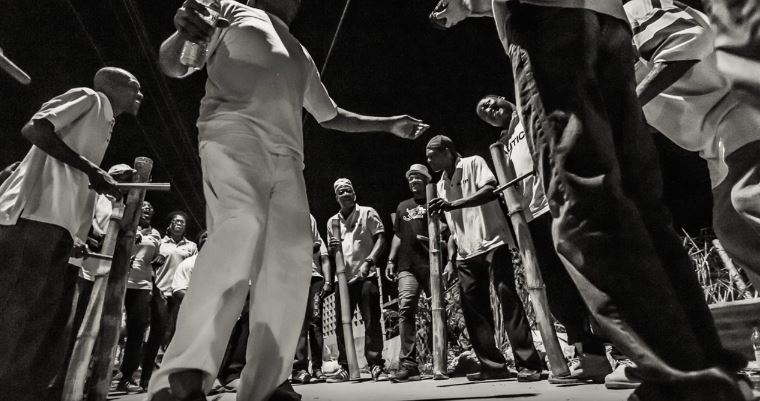
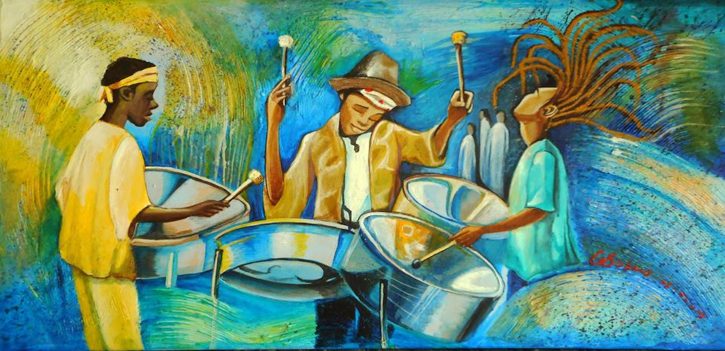
As Historian, Gerard Besson describes, the freed slaves, living in shacks and slums of the lower class, gathered to lower class bands, including adults and children, who sang, danced, and performed stick fights (the so-called ‘kalinda’ or ‘calenda’), especially in the weeks before Carnival and during the Carnival procession of the bands. Stickfighting became later on a national sport and is celebrated today in annual competitions.
1900s :
A "Calaloo" of Cultures
1910s :
The Beginnings of Music Recording
In 1914 agents of both record companies “Columbia and Victor, sensing a new market traveled to Trinidad and recorded a wide range of local music, including calypso”, to Raphael De Leon.
These include the first official vocal record, by Julian Whiterose named “Iron Duke in the Land". Among the artists recorded were the pianist and bandleader Lionel Belasco, Sam Manning, and Wilmoth Houdini, all of whom were based in the United States. These records were sold in Trinidad and in Latin America.
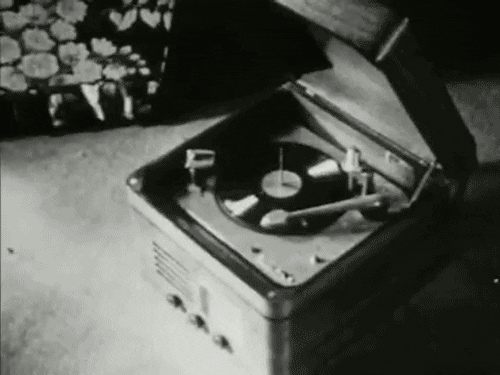
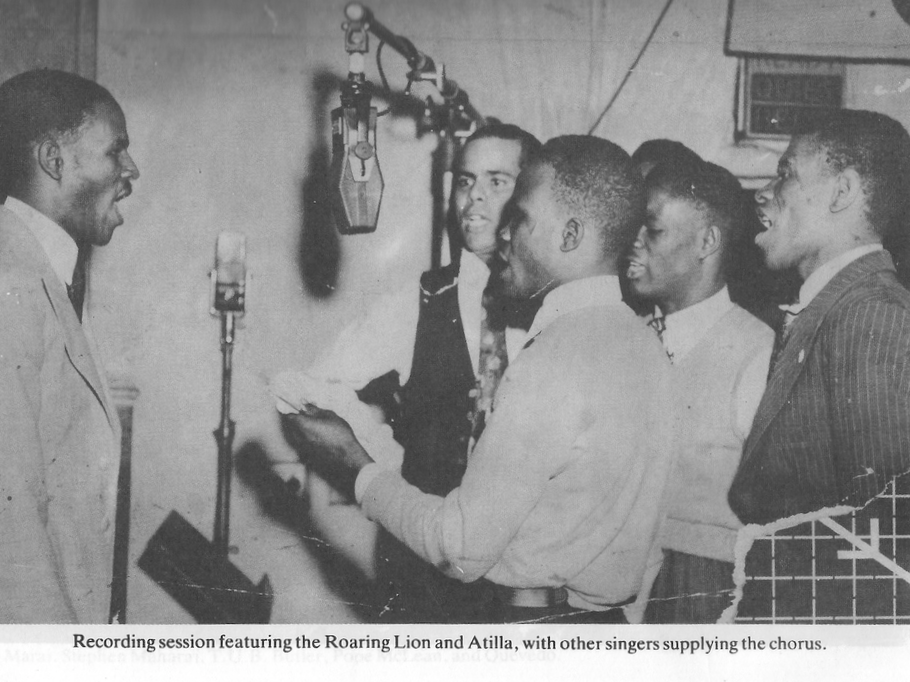
1920s :
The Business with Calypso
A calypso singer named Chieftain Douglas opened a tent dedicated to the performance of calypso and called it the 'Railway Douglas Tent' which opened its doors for business in Port of Spain in 1921. Douglas rented chairs for his audience and sold tickets for his shows. The calypso tents emerged out of bamboo shacks in barrack yards to nightly meeting spots including stage, seats, and entrance fees.
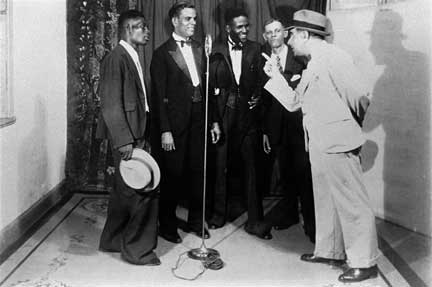
1930s :
Start of the Golgen Age of Calypso
Since the turn of the century, calypso performers had given themselves unique sobriquets. Among them were Lord Executor, Atilla the Hun, the Roaring Lion, Mighty Terror, Mcbeath the Great, and the Growling Tiger.
As De Leon stated: “Such names expressed the calypsonians' sense of grandeur and the forcefulness with which they competed in the song”. The radio became a newly introduced media to receive programs and listen to music in this period.

A turning point in the recording of calypso occurred in 1934, when Atilla the Hun and the Roaring Lion, traveled to New York to record for the American record company. This session was arranged by Eduardo Sa Gomes, a phonograph merchant in Trinidad, and Gerald Clark, a Trinidadian bandleader in New York (USA). During the following years, several major calypsonians were recorded in New York for the American Record Company and Decca. In the late 1930s, Decca and RCA Victor also recorded calypsonians in Trinidad.
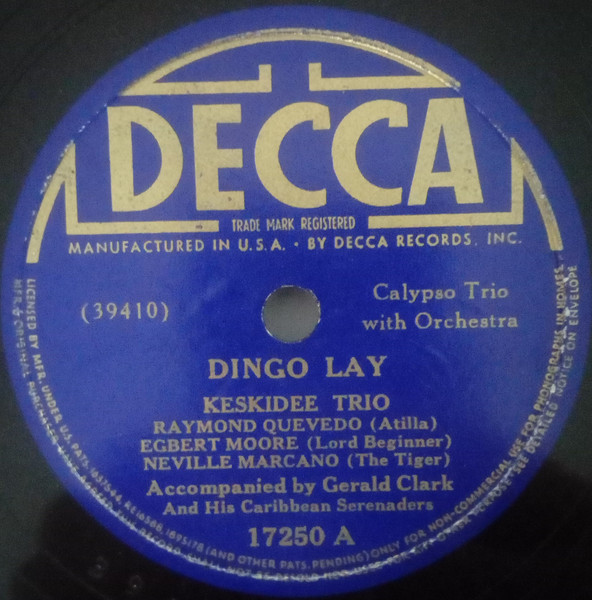
Within the next ten years, artists like Executor, Growling Tiger, Lord Caresser, Lord Invader, Lord Beginner, The Mighty Destroyer, and others had recorded with Decca in New York: “Decca even sent recording facilities to Trinidad between 1938 and 1940. Hundreds of calypsos were recorded during this period”, so De Leon.
As De Leon describes: “The “Great Depression” of the 1930s brought adverse times to Trinidad and Tobago. Phenomenally high levels of unemployment, poverty, anti-colonial sentiment, civil and labor unrest, and the overhanging threat of war were all insensitive to encourage the colonial government to introduce Sedition Laws”. These laws gave the authorities the right to censor and ban calypsos. As Raphael De Leon describes, dumped the Commissioner of Police and Customs 1937 the entire shipment of Roaring Lion’s „Netty Netty“ records in the harbor of Port of Spain.
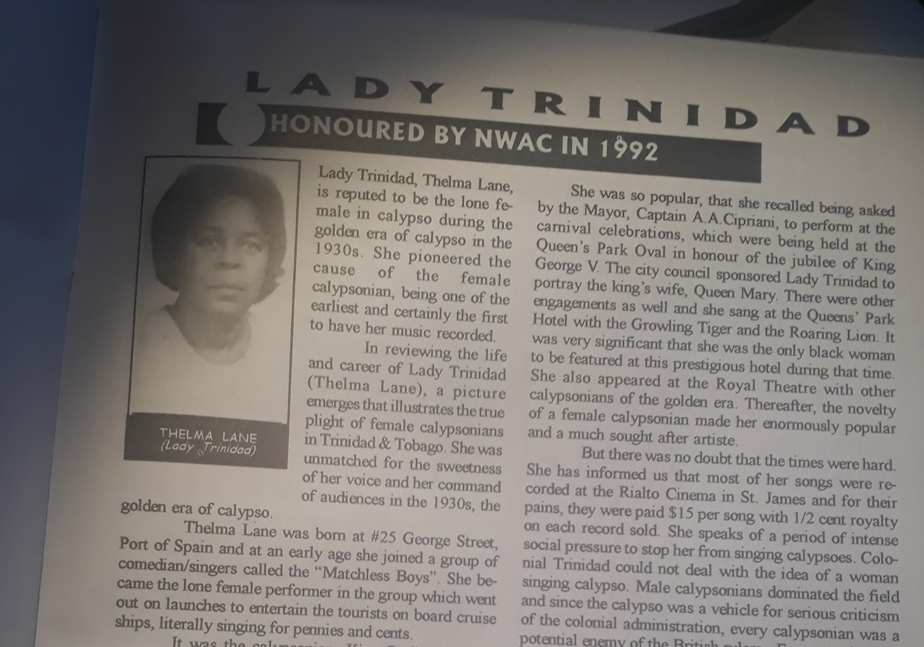
In 1935, the first female to sing in a calypso tent was Lady Trinidad (Thelma Lane), who made her debut at the ‚Crystal Palace Tent‘ on Nelson Street in Port of Spain. Her success paved the way for two more female calypsonians to follow in her footsteps in 1936: Lady Baldwin (Mavis Baldwin) and Lady MacDonald (Doris MacDonald). In 1937, Lady Trinidad made history when she became the first female calypsonian to make a record.
1940s :
World War II and "The Yankees"
Calypso tents were on the rise. One of the larger and more popular tents in the early 1940s was the 'Victory Calypso Tent' which operated from 95 Edward Street in Port of Spain – even though the most popular tent has been the 'The Original Old Brigade' which also operated on Edward Street. Another tent was the 'Maginot Line Calypso Tent' which was located at 47 Nelson Street in Port of Spain. The name of the 'World's Fair Calypso Tent' was changed in 1943 to the 'Commando Tent'. The tents started to spread across the country and became famous places for people to meet. Calypsonians who did not join a tent banded together and performed in cinemas across the country.

As Jocelyne Guilbault writes, “his favorite place for such work was at a rum shop in the midst of people, drinks, music, and noise”. He was hired to write arrangements for the bands of Cyril Diaz and Mano Marcellin, as well as for famous calypsonians of that time, including Lord Pretender, Mighty Terror, and Lord Melody.
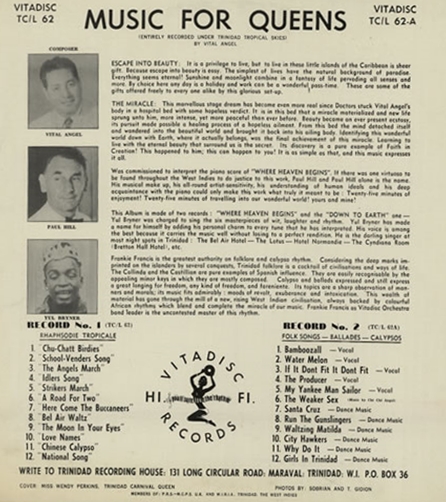
The lyrics will show you the deep meaning behind the song when you listen carefully. While the song was covered by the US female singer group of the Andrew Sisters, which had to confess later on that they didn't think of "what it meant; but at that time, nobody else would think of it either, because we weren't as morally open as we are today". They were rushing with the recording and just found, that the song sounds "cute". But, hear for yourself.
This is the „cute“ version of the Andrew Sisters. The song was supposedly copyrighted in the United States by the entertainer Morey Amsterdam. The song became an international hit record.
Andrew Sisters – Rum and Coca Cola (1944)
Artists like Attila the Hun, Roaring Lion, Gowling Tiger, King Radio, King Pharaoh, Lord Executor, Lord Pretender, Lord Butternut, and others were subjected to harassment and sometimes even arrested.
In addition to this authorities demanded to “vet” all lyrics before any record was compiled, “if this demand was not met, one risked the authorities seizing or destroying their records on arrival”. This was enormous pressure on the singers concerning their reputation and their achievements in their music careers. After the war the censorship was removed.
They have been played in movies, advertisements, and on the radio and TV, and some of them even reached the number one spot on the Billboard Charts and r&b charts years later.
Here are just a few examples:
Lord Caresser – Edward VII (1940s)
Harry Belafonte – Love, love alone (1956)
King Radio – Mathilda (1939)
Harry Belafonte – Matilda (1982)
Roaring Lion – Mary Ann (1945)
Harry Belafonte & Julie Andrews – Mary Ann (1972)
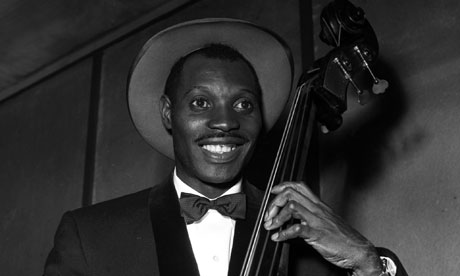
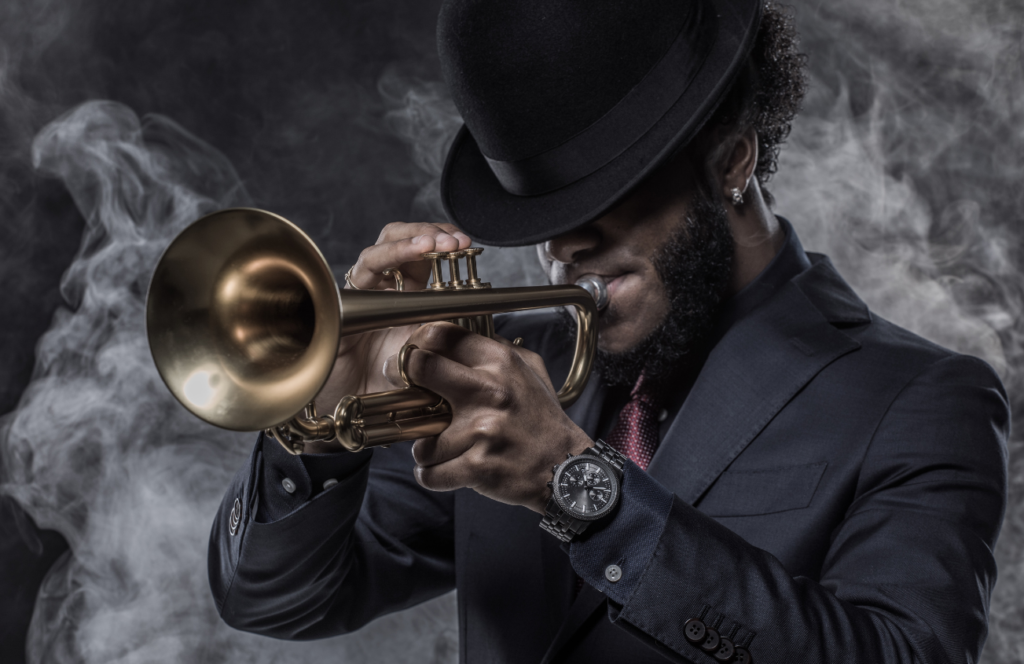
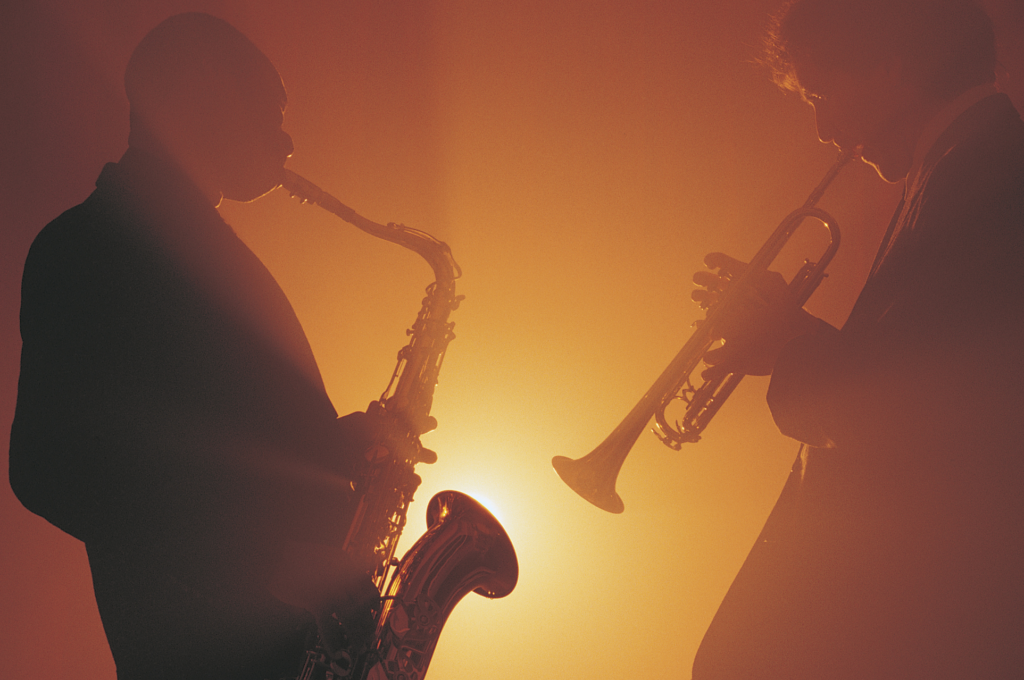
1950s :
Calypso earns fame in silence?
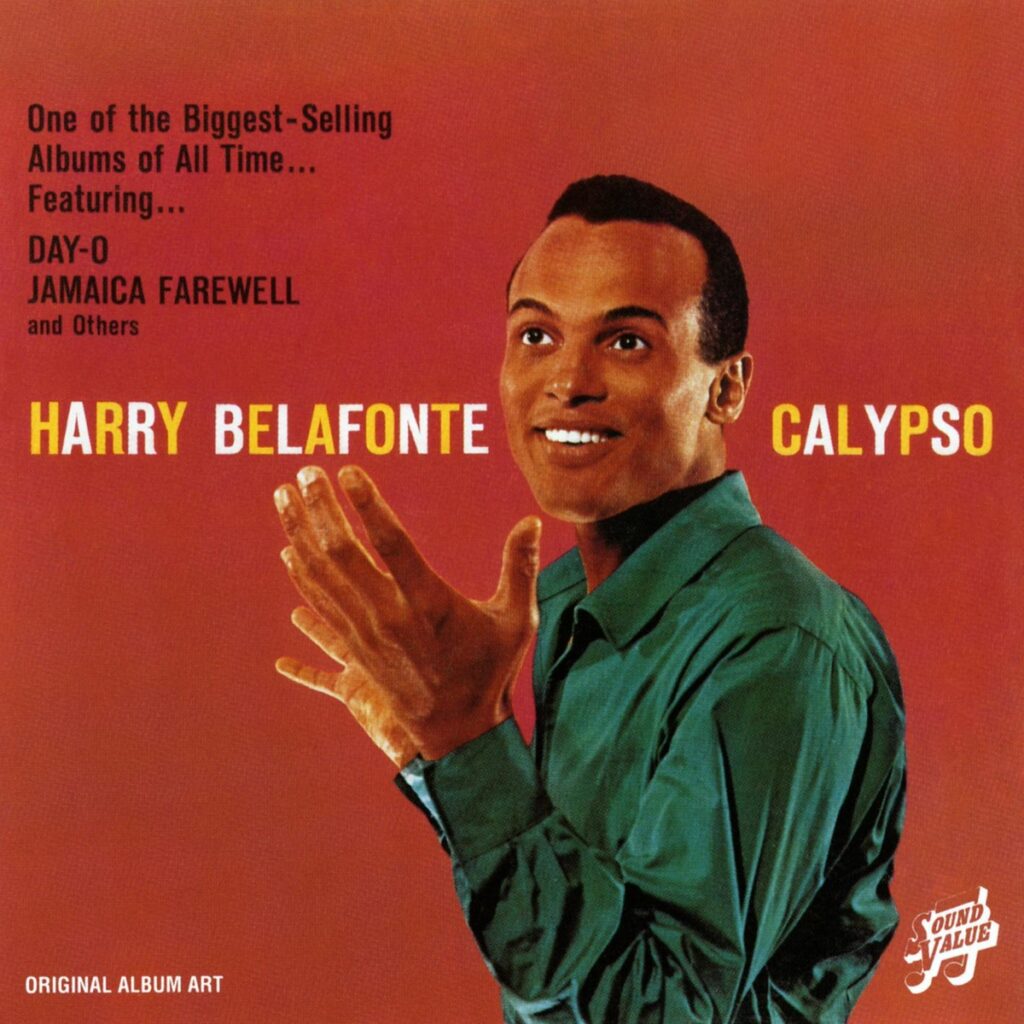
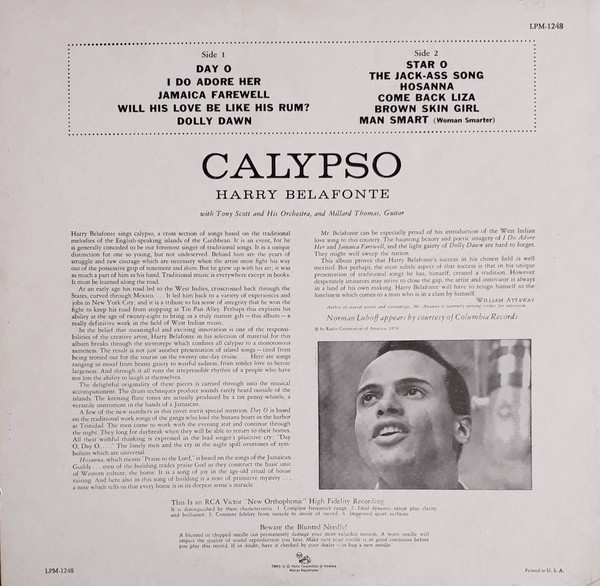
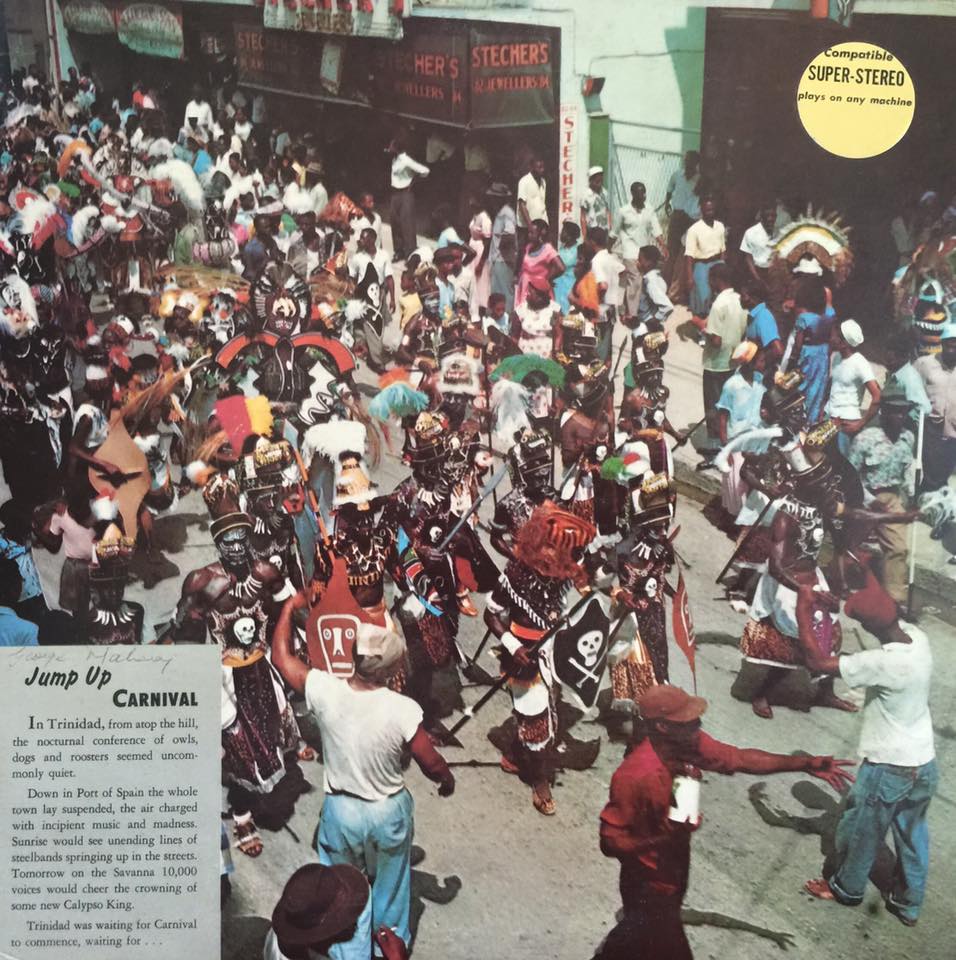
With the increasing popularity of calypso music and the competition that grew among calypsonians from rival tents, the Carnival Development Committee instituted the 'Road March Competition' in 1952. Those two factors would determine the winner of the 'Road March', the most popular song played during carnival, crowned from year to year to this day. In 1953 also the Calypso King contest was earning more popularity.
The first crown was given to Growling Tiger in 1939. But with rising media attention the importance of the competition was growing. It first required the performance of one later two calypsoes. Mighty Spitfire and Mighty Sparrow became the first repetitive winners of this annual competition.
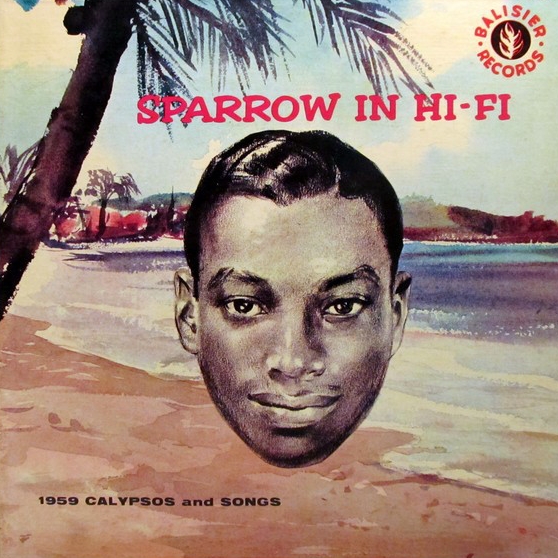
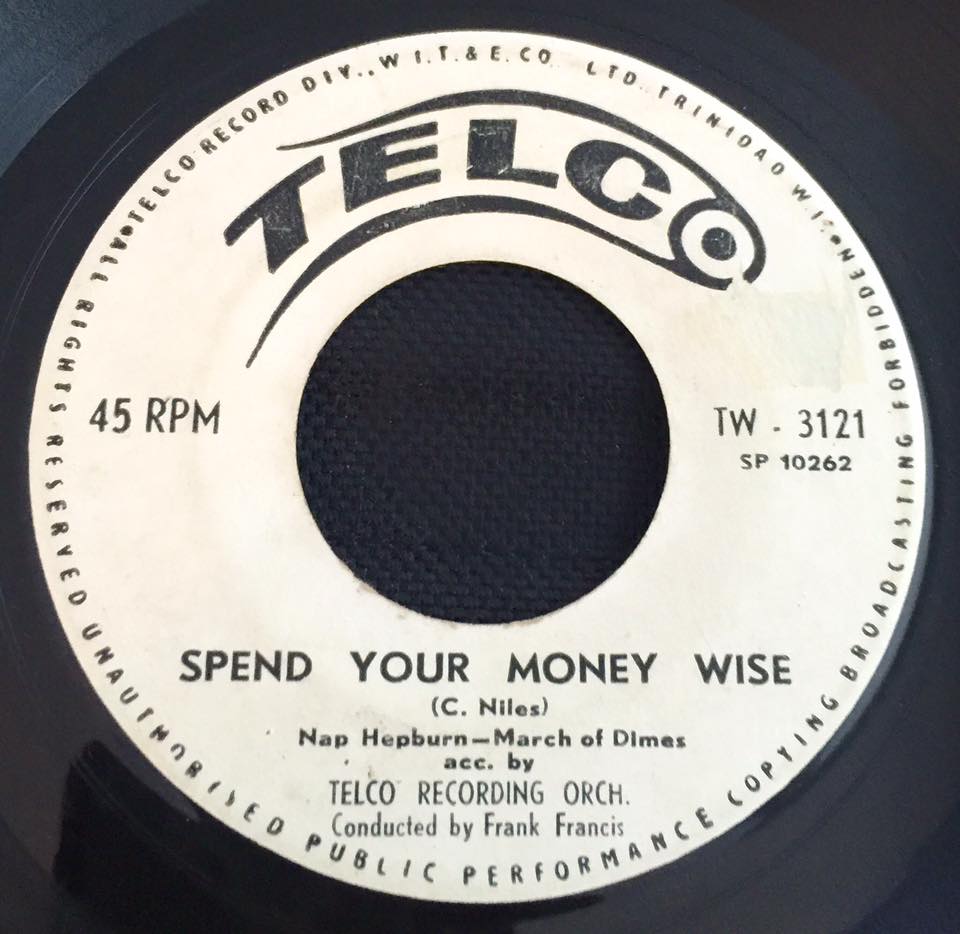
1960s :
The New Beginning of Trinidad & Tobago
Lord Brynner, Lord Nelson as well as Maestro were highly active as performers. Also, the 1960s were highlighted by the return of Lord Kitchener to Trinidad in 1962 after he resided and performed in England for several years. Also, Mighty Terror also returned from overseas for the 1965 Carnival season. The title of the 'Calypso King' became more and more important while most of them were won by Mighty Sparrow, Mighty Duke, and Lord Kitchener.


From the late 1960s, Art De Couteau became the most sought-after arranger. It was his goal to elevate calypso music to international standards. As for overall sound, he would refrain from using trumpets in the higher register or from having them play loudly. For this reason, he tried as well as he could to “Spanish” influences and removed the stringy and guitarist elements. His aim was to ensure that calypso was a national music stand on its own, projecting a unique sound, instead of mixing it with jazz or other American-originated genres, even though people asked him to do so.
1970s :
Funky Beats, Black Power & The Birth of Soca
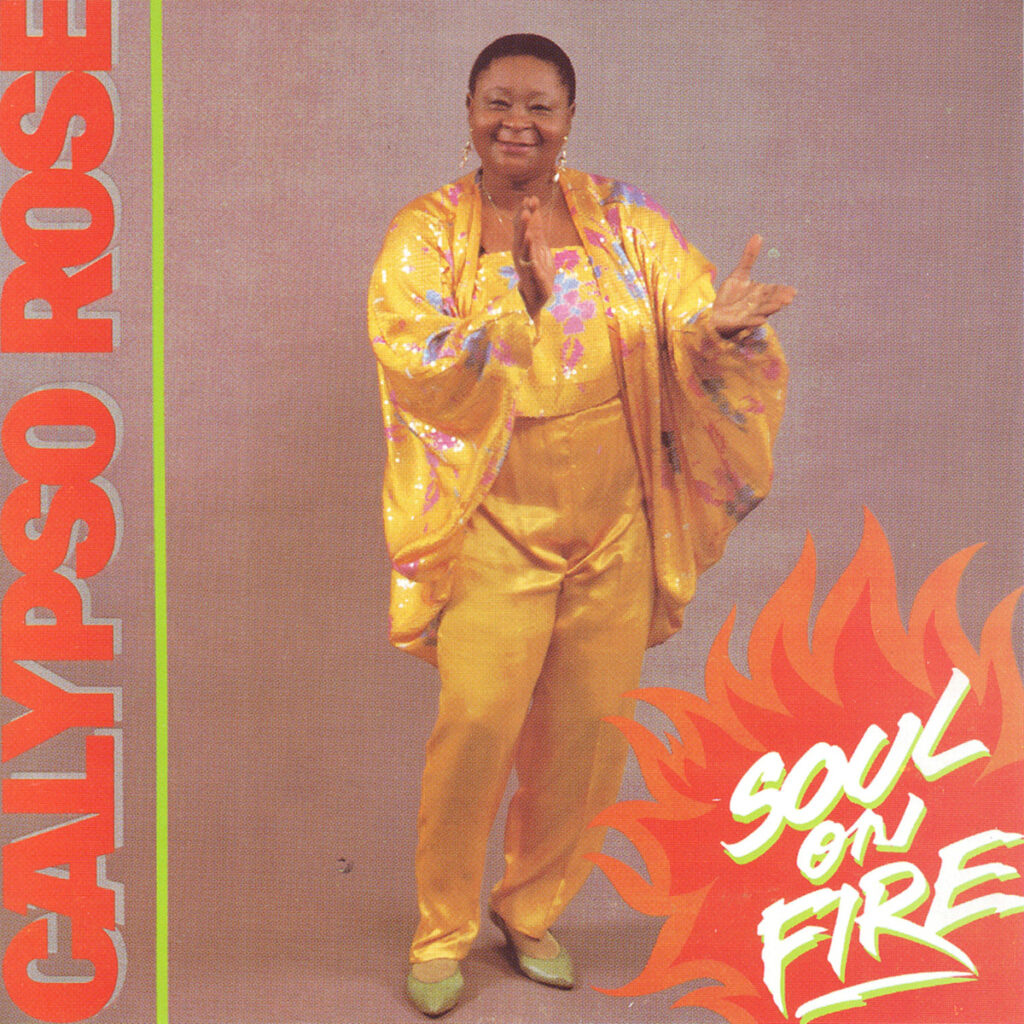
Black Stalin, who sang “Caribbean Unity” and “United Africa” was standing tall for the Black Power Movement, as well as Brother Resistance. The music genre rapso, which also originated in Trinidad and Tobago, became more poetic and politically claiming, including the spirit of black power and consciousness. At the same time, chutney soca more turned technically into the real fusion of soca and traditional chutney music sung in Hindi.
1980s :
In Honor of Calypso

1990s :
Bacchanal, eh!
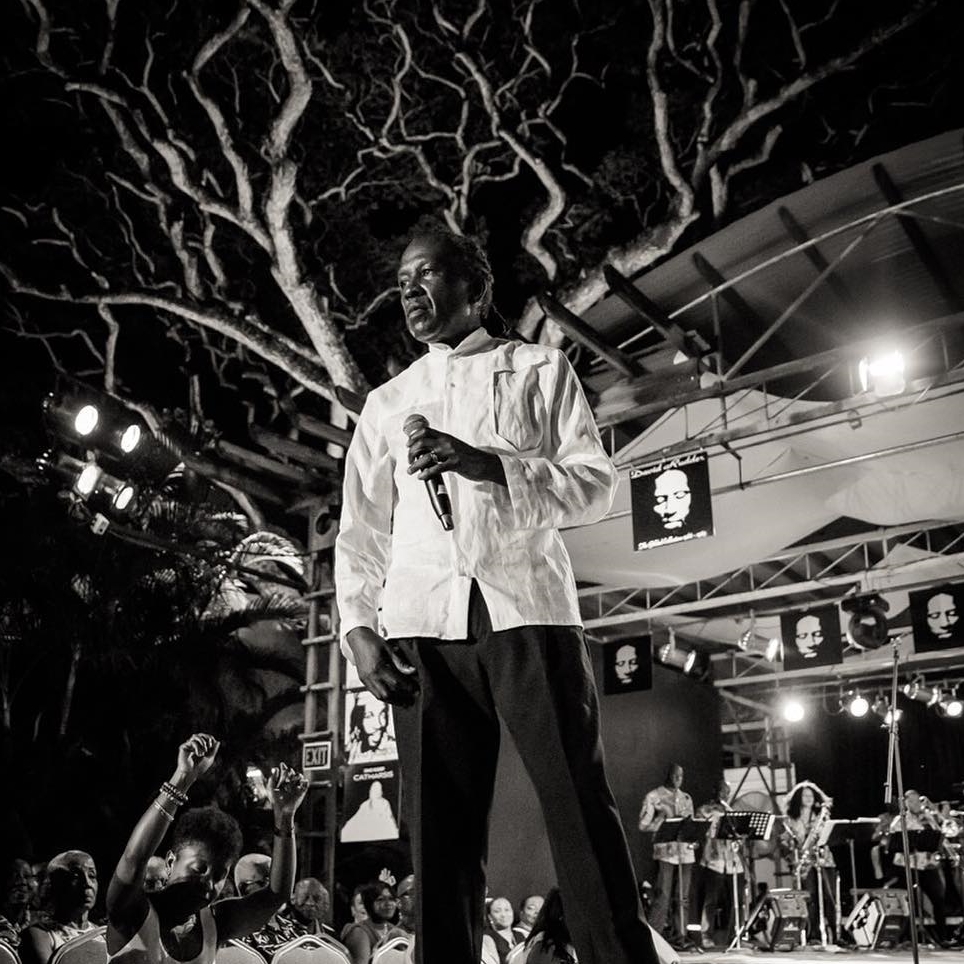
2000s :
Carnival goes Global
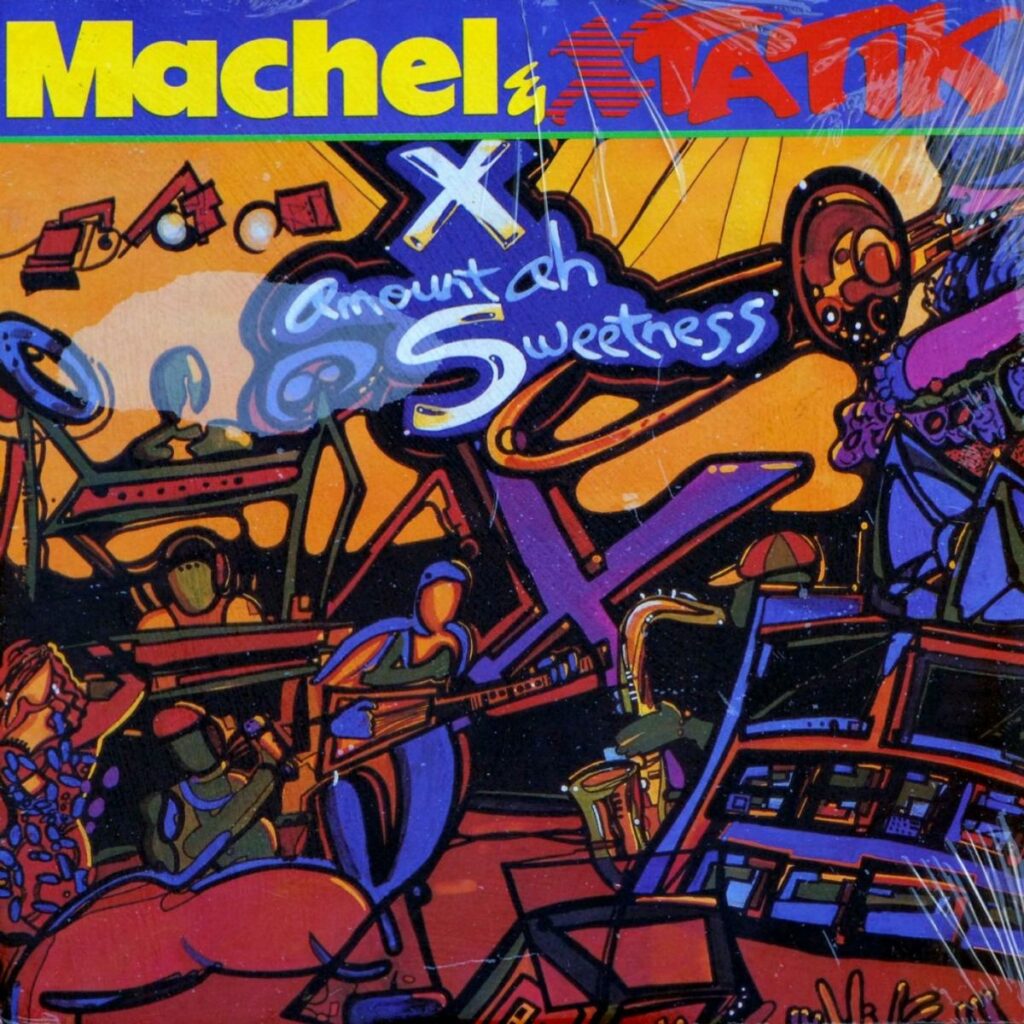
2010s :
Calypso meets Coachella
While they were taking place in so many different locations throughout the years, you nowadays have to await patiently. Even though calypso competitions are even held among students at schools competing against each other. Calypso is often defined as “old people's music” in the public mouth of the younger generation, as I am experiencing it often. Tributes to passing calypsonians are more and more common, as they grow older.
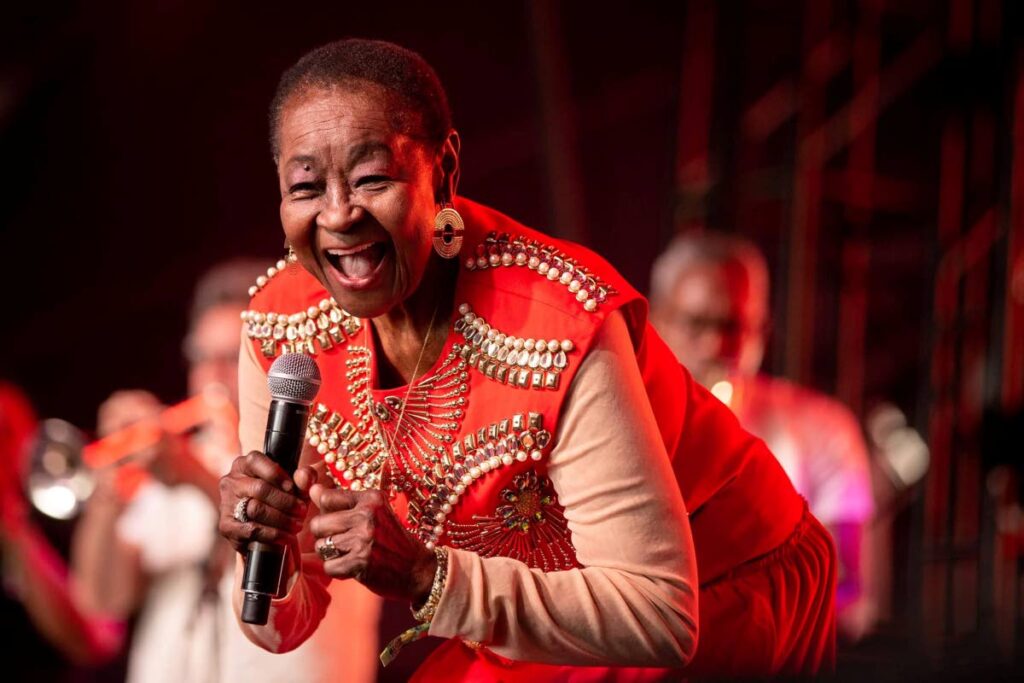
In 2017 Calypso Rose received the French Grammy for her album “Far From Home”. In 2019 she performed together with soca artist Nailah Blackman, the granddaughter of Lord Shorty, and Machel Montano at the famous “Coachella Festival“ in a desert area of California (USA).
Let me share this sweet little piece of history with you out of the documentary „20 years in the desert“ released in 2021.
2020s :
From a Today's point of View

TT MUSIC LIBRARY - VIRTUAL MUSIC ARCHIVE | JUKEBOX TT
Note: This article is a "work in progress". With every visit, more content will be added. Get in touch, if you have something to share.
Jocelyne Guibault (2007): Governing Sound – The cultural politics of Trinidad’s Carnival Music
University of Chicago, Ian Randle Publishers
Rafael de Leon, Transcripts from The Roaring Lion Website
https:// roaringlioncalypso.wordpress.com/
Gerard Besson (2011): Calypso, Calypso Music
http:// caribbeanhistoryarchives.blogspot.com/2011/10/calypso-calypso-music.html
BBC (2017): The surprising politics of Calypso
http:// www.bbc.com/culture/story/20171010-the-surprising-politics-of-calypso
Yvonne Web (2012): Trinidad Guardian – History through the eyes of Calypsonians
http:// www.guardian.co.tt/entertainment/2012-02-09/history-through-eyes-calypsonians
Jesse Server (2017): The Rise of Soca
https:// daily.redbullmusicacademy.com/2017/03/soca-guide
Ronald C. Emrit: Calypso History
www.Bestoftrinidad.com/calypso.html
Calypsoworld.Org: Calypso in Trinidad – Carnival and Musical Traditions
(offline nowadays)
Are you amazed by this project?
Show your support
A virtual walk through time
Other Music Genres
A virtual Walk through Time
See Highlights on the Timeline
Choose a category
